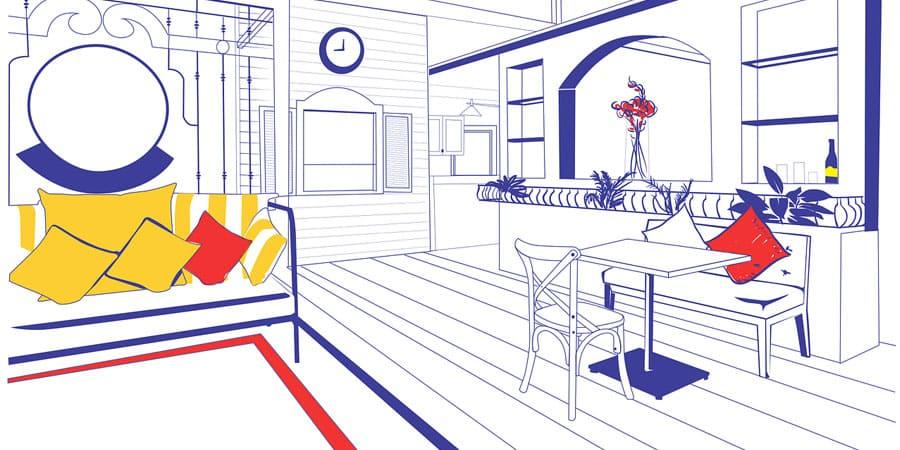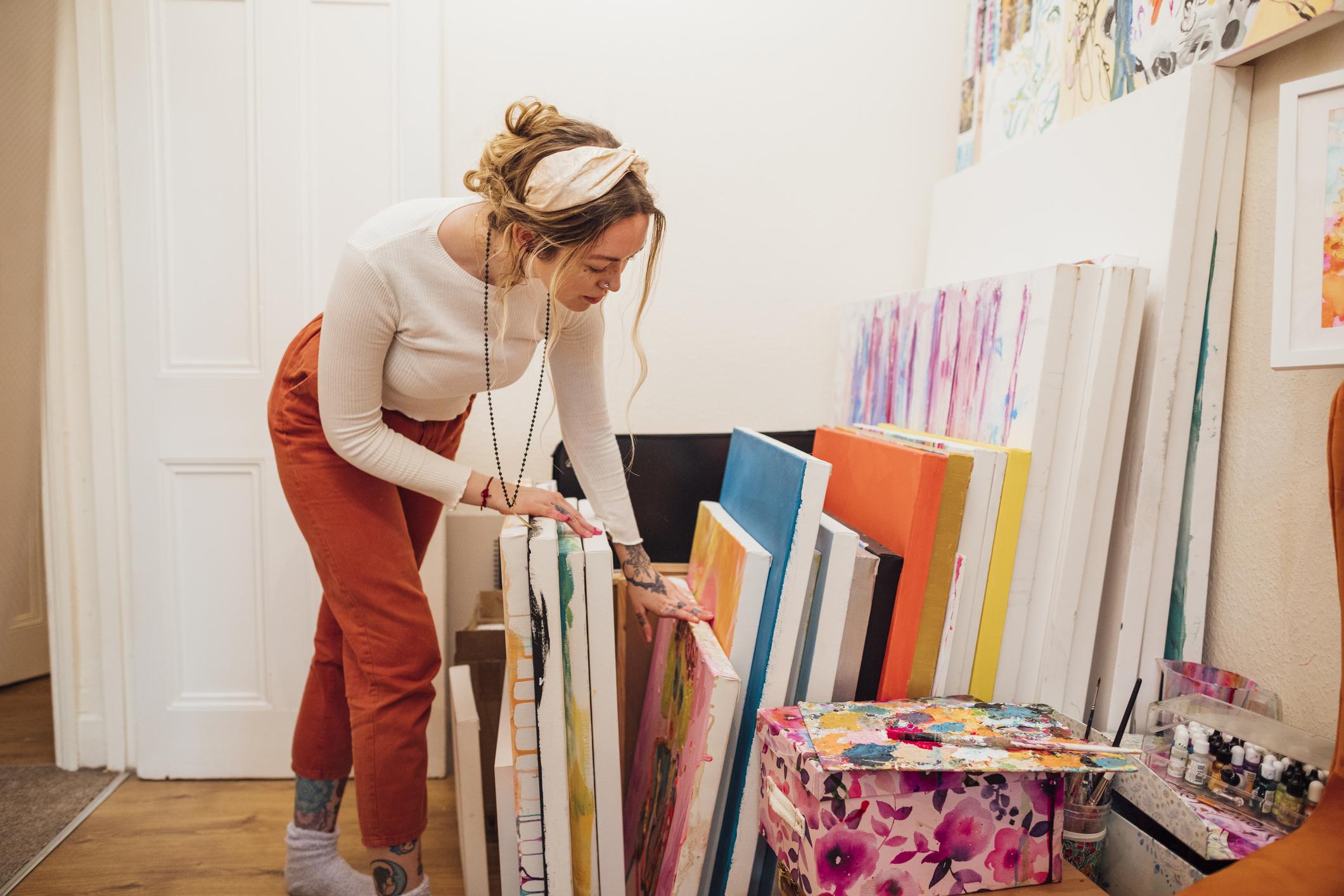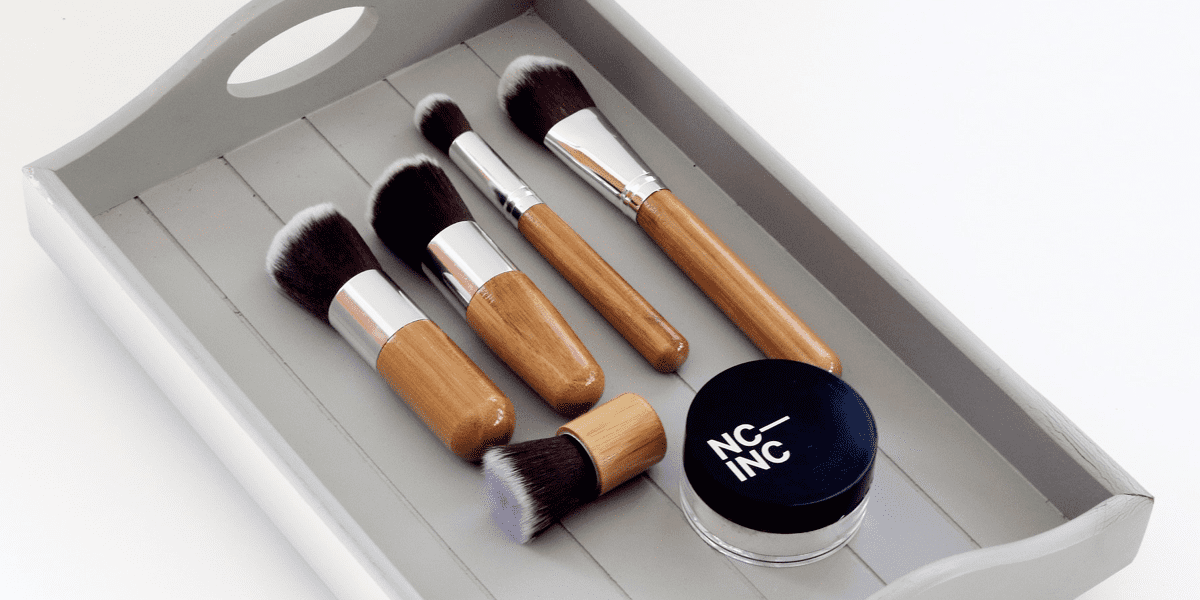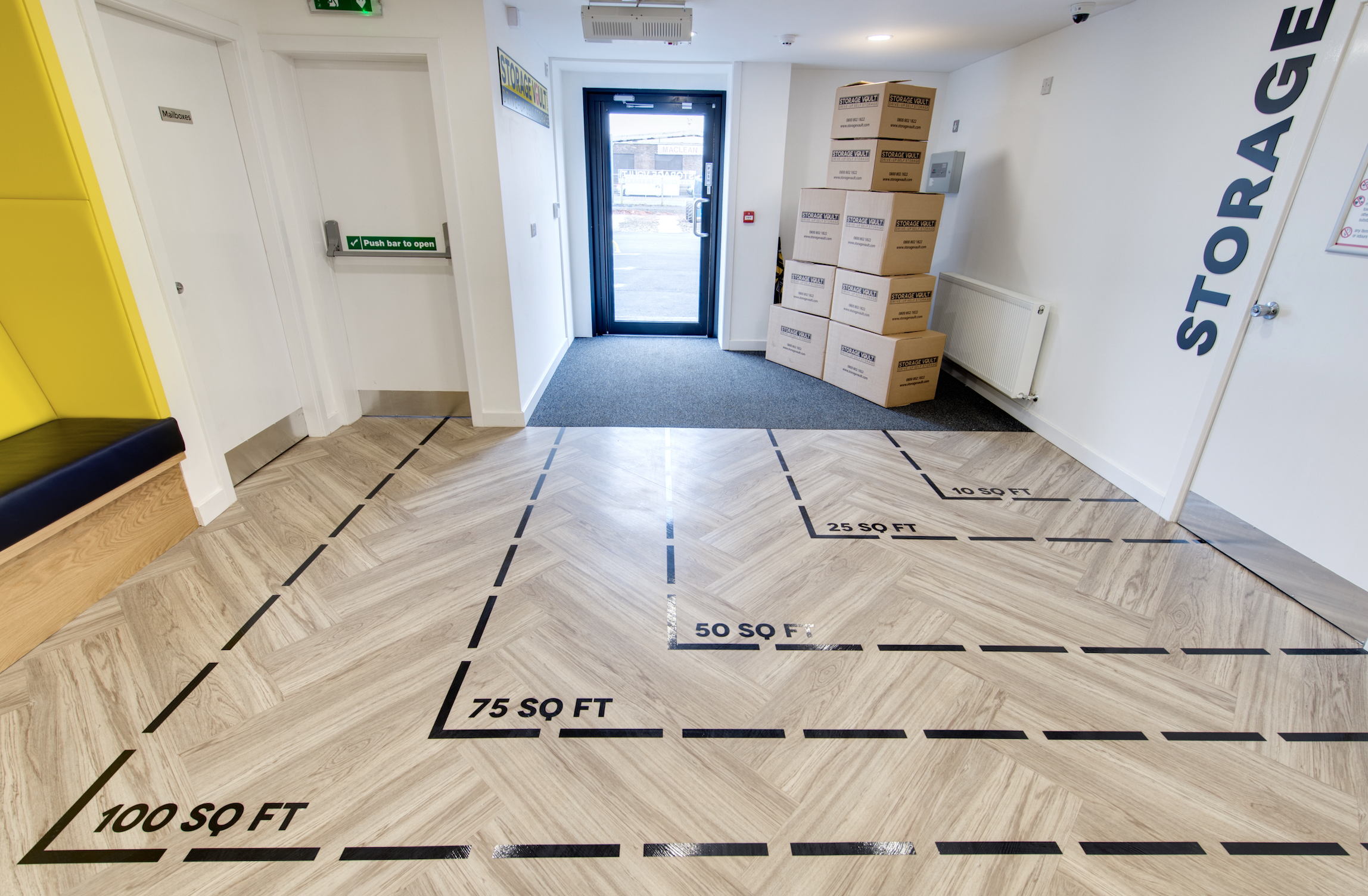How to Store Furniture

Packing and storing furniture is something that most of us will do at some point in our lives. Maybe you’re moving house need to temporarily store your bulkier things? Or perhaps you’re leaving for long-term travel and your old life is heading for storage.
Whatever your reasons, properly storing your belongings is essential. In this blog, we’re going to show you how to prepare, pack and store your furniture to best prepare your things for long-term storage.
If you follow our tips, your antique armchairs and priceless dining tables will come out of storage looking just as good as they did when they went in. Let’s get started.

1. Clean, dust and polish
Furniture is designed to be sat on, written on and eaten off. It’s designed to be climbed on by kids and napped on by adults. In short, it’s designed to be used.
And that tends to mean that furniture tends to get dirty. Before you ship everything off to your storage unit, it’s time to break out the marigolds and get scrubbing.

Wood
Wooden furniture isn’t made for long-term storage. It’s susceptible to mould if damp and cracking if dry. It’s the Goldilocks of furniture. To prep wooden furniture for the storage unit, first clean off any dust, dirt and grime. Second, treat exposed surfaces with a suitable polish or wax.

Fabric
Moisture and fabrics don’t mix when it comes to long-term storage. If poorly cared for, mould and mildew can turn a beautiful suite into a rotting mess. Before you put your beloved sofa into storage, wipe all the surfaces with a fabric-safe antibacterial cleaner then leave it to dry completely.

2. Disassemble where possible
Large items — sofa, dining tables, bookcases, etc — are a pain to transport and take up a lot of space if they’re each stored in one piece.
To make your move easier — and to make your storage space go further — disassemble furniture wherever possible. Take the legs off legs, the slats out of bed frames and cushions off sofas.
Quick note here. Remember to keep a record of how each piece of furniture goes back together or you might be left scratching your head when it’s time to build it back up.

3. Organise your space
An empty storage unit can trick you into thinking you’ve got more space than you actually have. You see, as soon as you start tossing in tables and sofas, that huge expanse of space starts disappearing quickly.
If you want to maximise the value you get out of every square inch, you’ve got to start planning. Turning up on the day and playing on-the-fly Tetris simply will only get you so far.
Make an inventory of what you’re storing and sketch out a plan of how you’re going to pack it all into your unit. Try and use every inch of space — both vertical and horizontal. For example, stack robust pieces like shelves, boxes and drawers on top of each other and place smaller boxes under tables, chairs and anything else with fixed legs.
Be careful not to store anything on leather furniture, though, as any long-term pressure can leave permanent welts.
One final thing, leave space between each piece of furniture and between the furniture and the wall. This encourages air circulation and stops your unit’s airflow stagnating.

4. Cover and protect
First things first, placing furniture directly only the ground isn’t a great idea.
We recommend you place either sheeting, planks or blocks on the bottom of your unit to raise your belongings up and off the ground.
Second, don’t wrap wooden or fabric pieces with plastic sheeting. Plastic traps moisture and can encourage mould to grow. If that happens, it can turn your furniture to firewood in no time at all.
Finally, a fabric cover over furniture can protect from dust and other airborne nasties while allowing your furniture to breathe.
Get in touch





